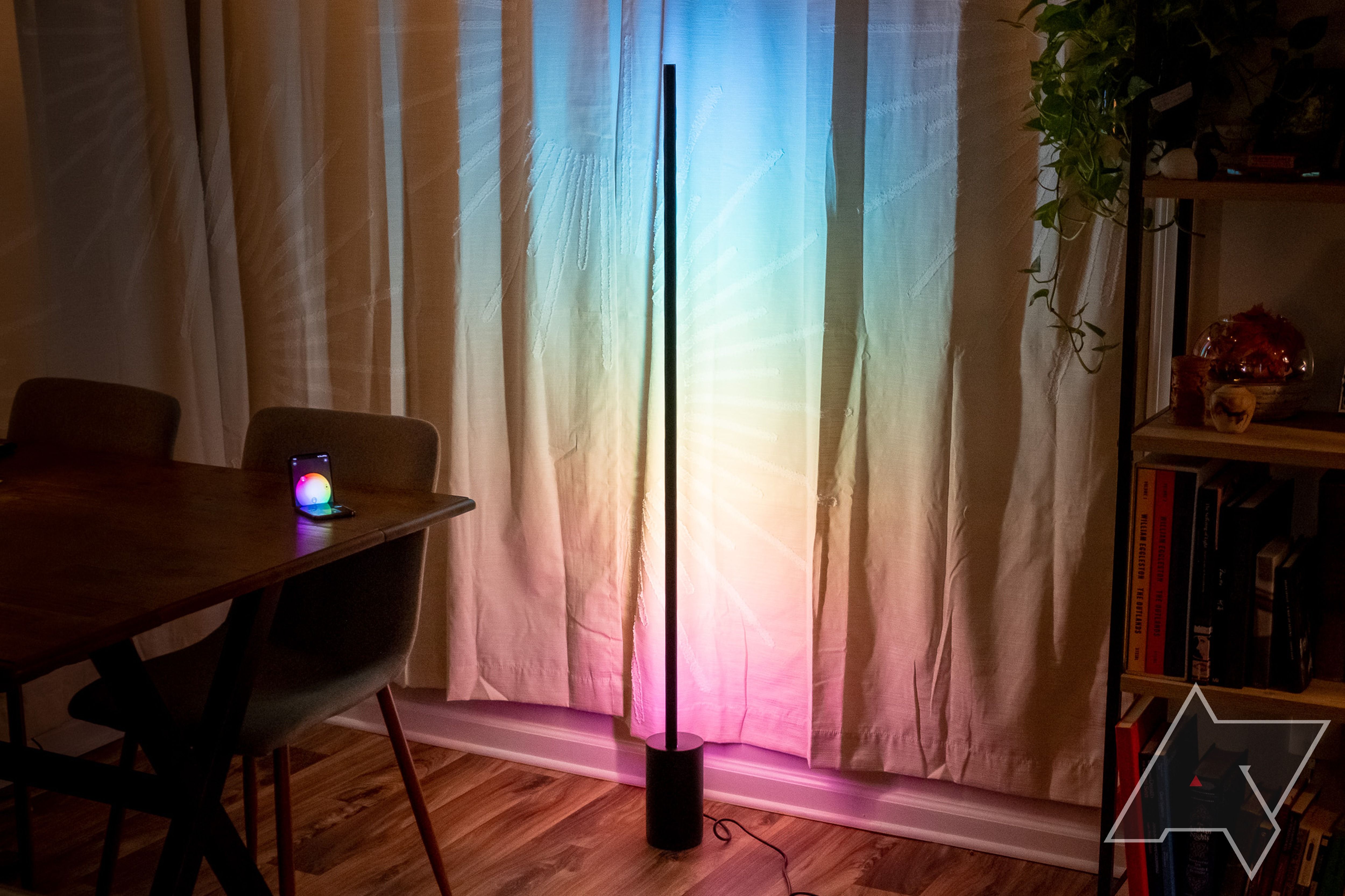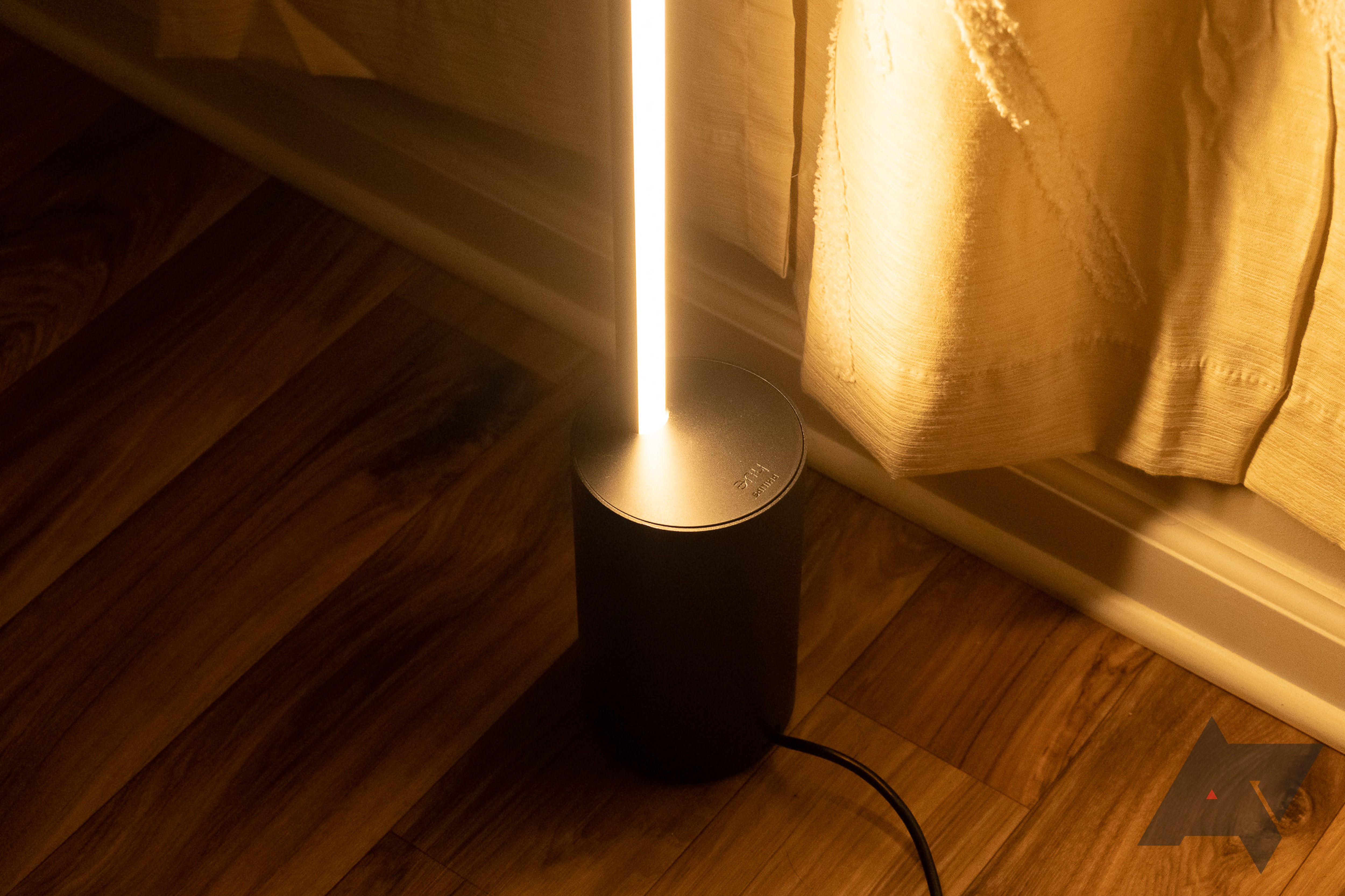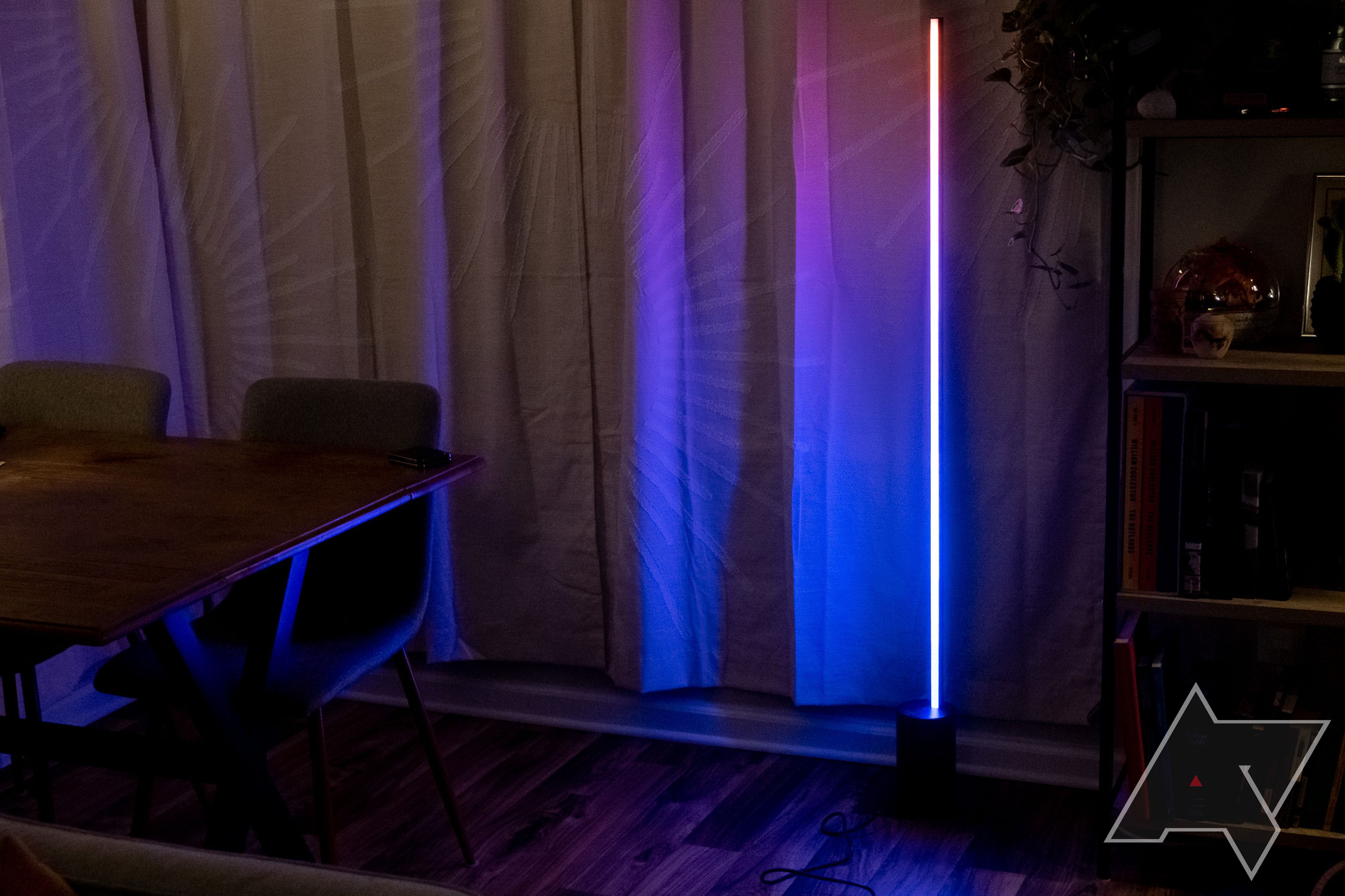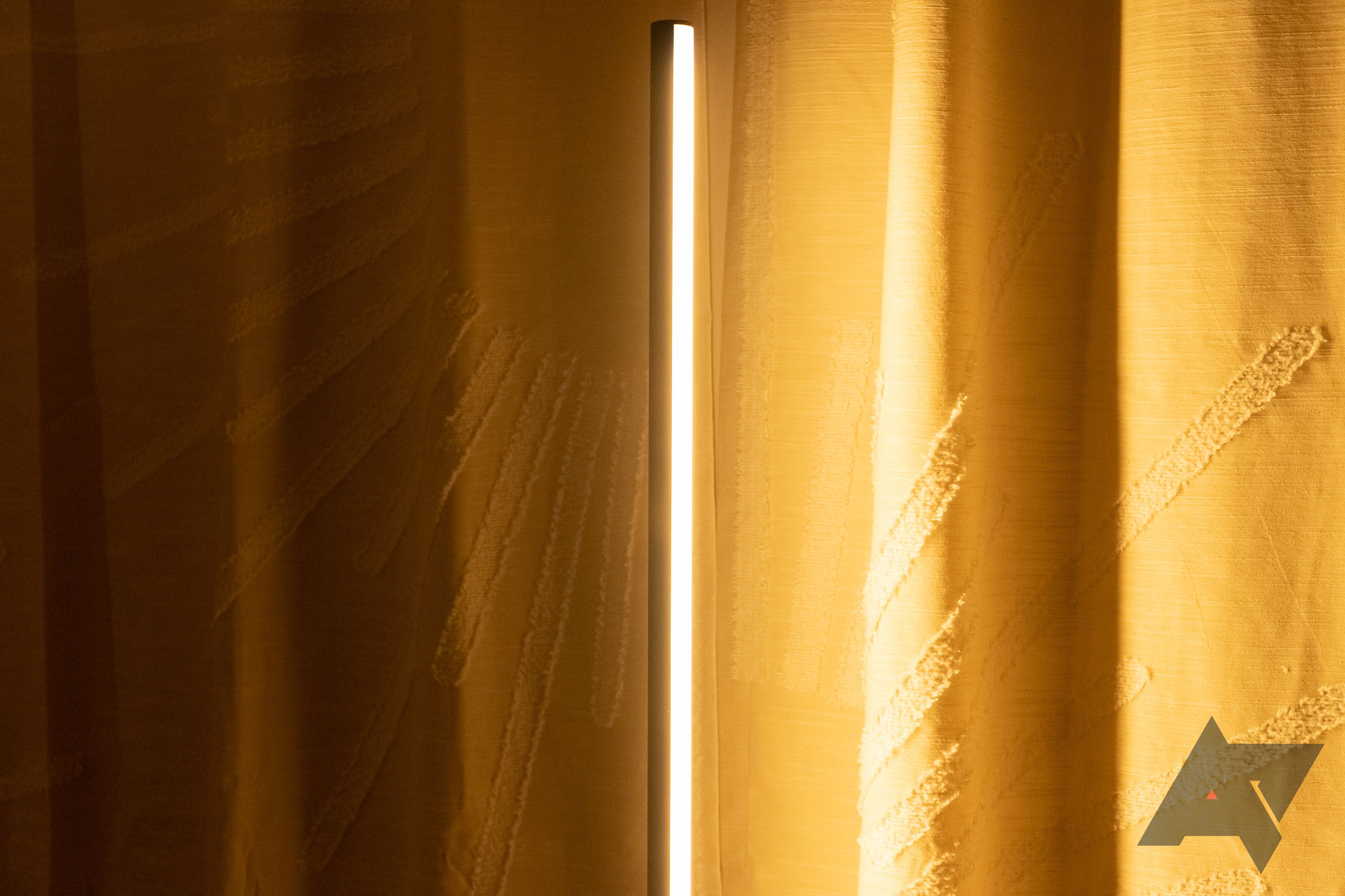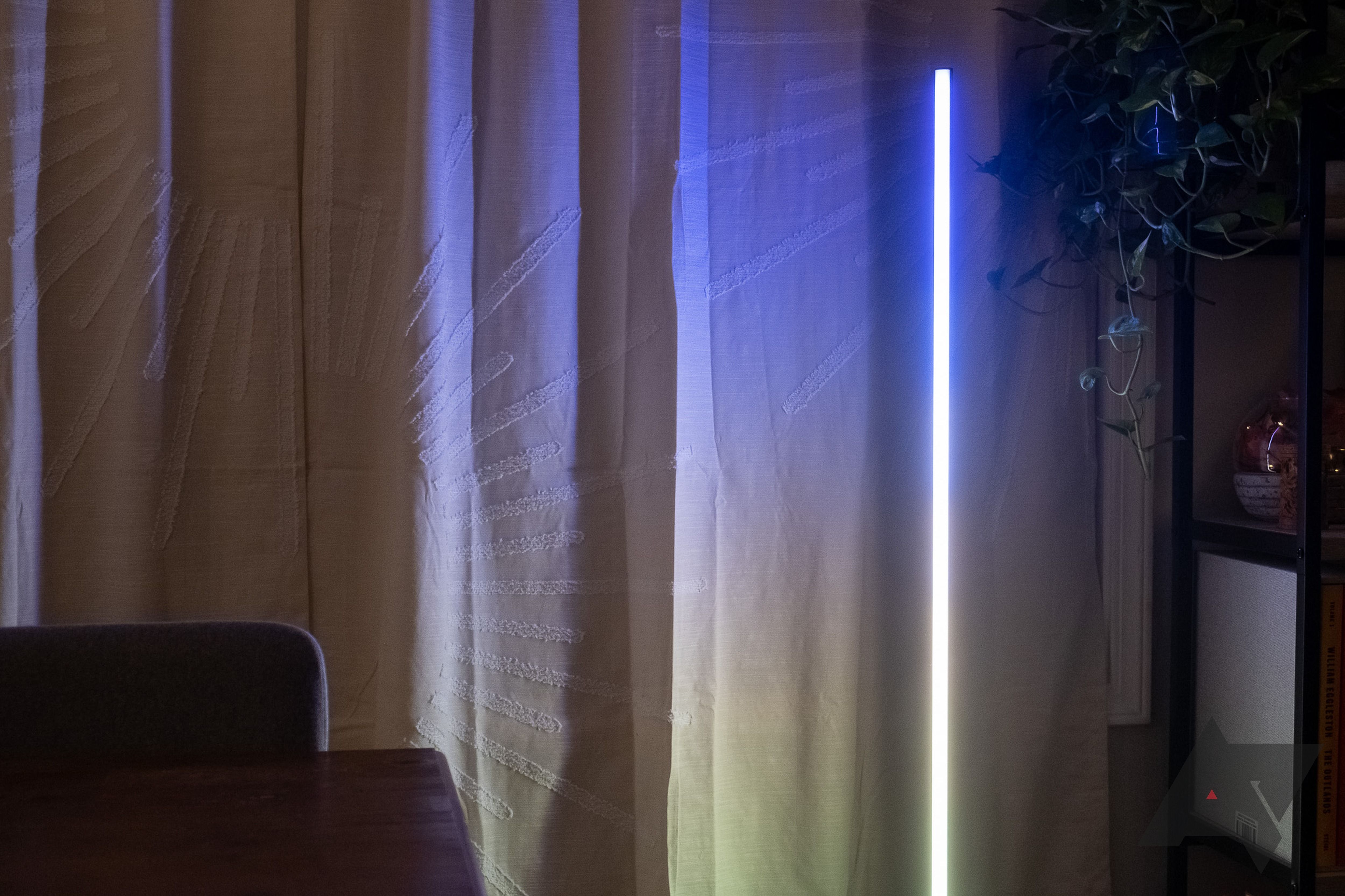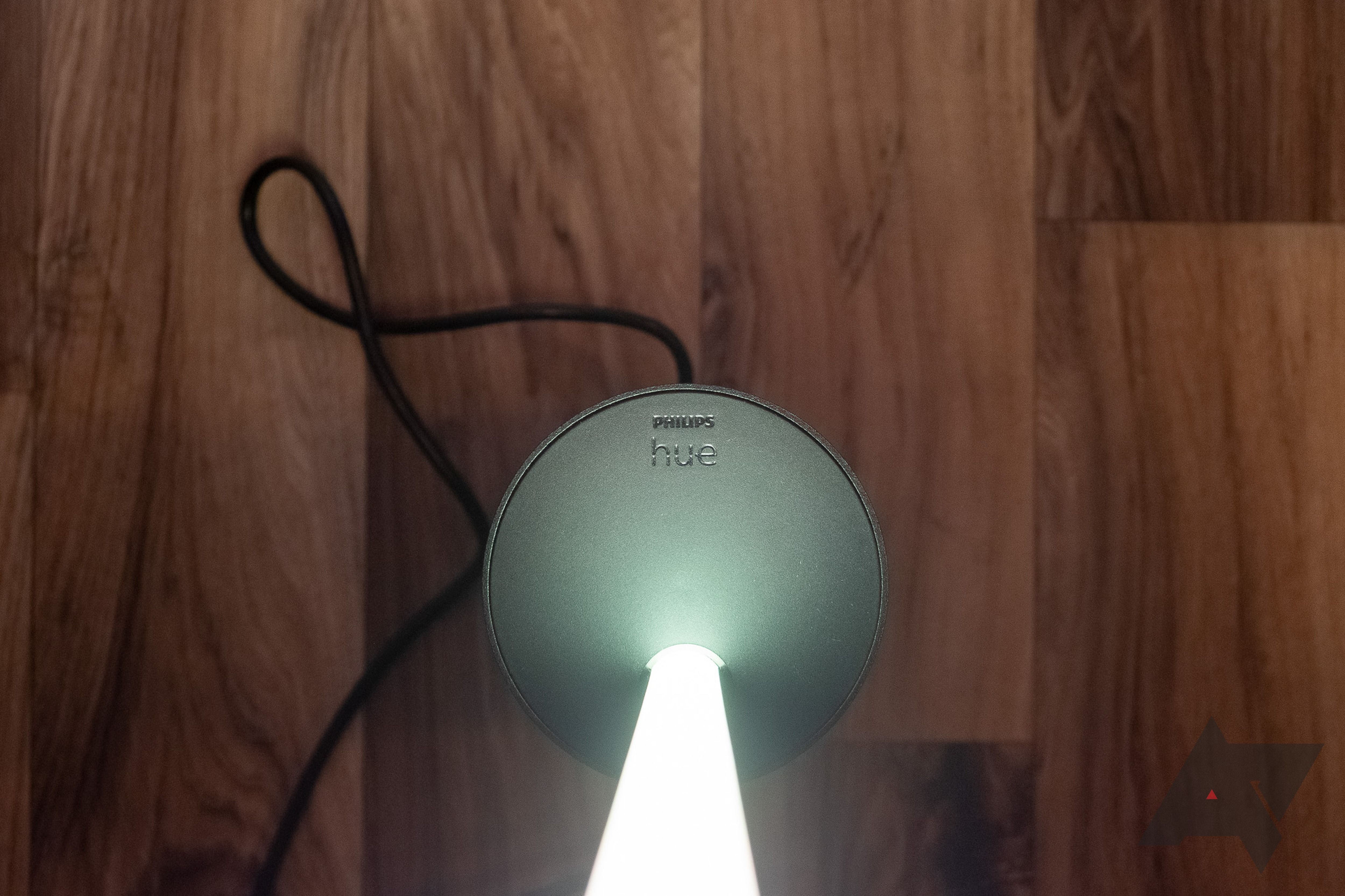Philips Hue products have a reputation for being pricier than the competition, but there's a reason for that: they're some of the best smart lights out there, with a fully featured app and a huge (and growing) ecosystem of lights to choose from. At $330, the Signe floor lamp is one of Hue's most premium offerings, and it's not an easy sell on utility alone. But if you've got the cash and you're all about Hue, it'll be a great addition to your smart home.
The Philips Hue Gradient Signe Floor Lamp offers all the color customization you could ask for, and the Hue app and ecosystem are about the best you're gonna get in the smart lighting world. At $330, it's decidedly a luxury, but it's an extremely cool one.
- Integrations: Google Assistant, Alexa, HomeKit
- Hub Required: No, but it works best with one
- Music Reactive: Yes
- Multicolor Capable: Yes
- Color Range: 2000-6500K
- Service Life: 25,000 hours
- Environment: Indoor
- Voltage: 24V
- Type: Floor lamp
- Connectivity: Bluetooth, Zigbee
- Price: $330
- Sleek design and solid build quality
- Effectively limitless color combinations
- Great app and ecosystem
- Really expensive
- Google Home integration could be better
- Narrow base might be tricky on some carpet
Philips Hue Gradient Signe Floor Lamp: Design and hardware
The Signe floor lamp is a larger version of the Signe table lamp. It consists of a slender metal tube with a gradient LED strip running along one side and a cylindrical metal base with a power cable sticking out the bottom. The whole thing's about four and a half feet tall, and there are no physical controls on the device. For such a large lamp, it's got a very modern, almost brutalist look — if your decor leans more traditional, you might have trouble finding a spot for it. It's available in black or white, plus an oak variant that adds a wood finish to the white model's base.
The LEDs are meant to face the wall, bathing the surrounding area in soft, indirect light in any combination of colors you want. This kind of ambient lighting works best in rooms with walls that are a light, neutral color — you won't want to put the Signe in a room painted purple. Against my light gray walls, the light the Signe produces is sufficient to light up a small room enough to read by, and colors come across clearly. Set to neutral white, at its peak, the Hue Signe floor lamp can put out 2,550 lumens, about equal to one 150-watt incandescent bulb.
Having used the similar but considerably less expensive Govee Lyra lamp, which ships in segments you have to assemble yourself, I was pleased to see the Signe arrives in one ready-to-go piece. That saves the hassle of having to put the thing together and makes for a sleeker look without any visible seams — both appreciated touches at this price point. Overall, it feels sturdy and not like it's liable to break if you happen to tip it over.
On that note, my biggest complaint about Signe's hardware is that its narrow base isn't as weighty as I'd like, making standing it up straight on medium- or high-pile carpet a bit tricky. It's possible with some cajoling, but a wider, heavier base would make things easier.
Philips Hue Gradient Signe Floor Lamp: App, ecosystem, and performance
The Signe floor lamp is controlled with the Philips Hue app. That means if you've got Hue lights already, the Signe is super simple to drop into your existing rooms and automations. I've been using mine in the bedroom, where I have it set to mimic the sunrise each morning — an increasingly useful feature as the actual sunrise creeps later and later into the day. It's got a dedicated sunrise lighting style, which uses shades of blue, orange, and yellow to give the impression of the morning sky at dawn. But with enough fiddling, you could set the Signe to turn on to any combination of colors at whatever time you please.
There are tons of pre-baked lighting "scenes" to choose from in the Hue app, each applying its own unique gradient of colors to Signe's lighting strip (as well as any other color-capable Hue lights you may have in the same room). Call me boring, but I don't get much use out of the more vibrant scenes containing bold purples, reds, or greens. So most of the time, I stick to the tried-and-true defaults category that sets lights to more standard lighting colors.
But the color options are fun for events or even just to mess around with. In addition to Hue's ready-made color combos, you can set combinations of any three colors of your choosing. You also have the option to save your custom setups as new scenes to quickly reapply them on-demand or add them to your automations.
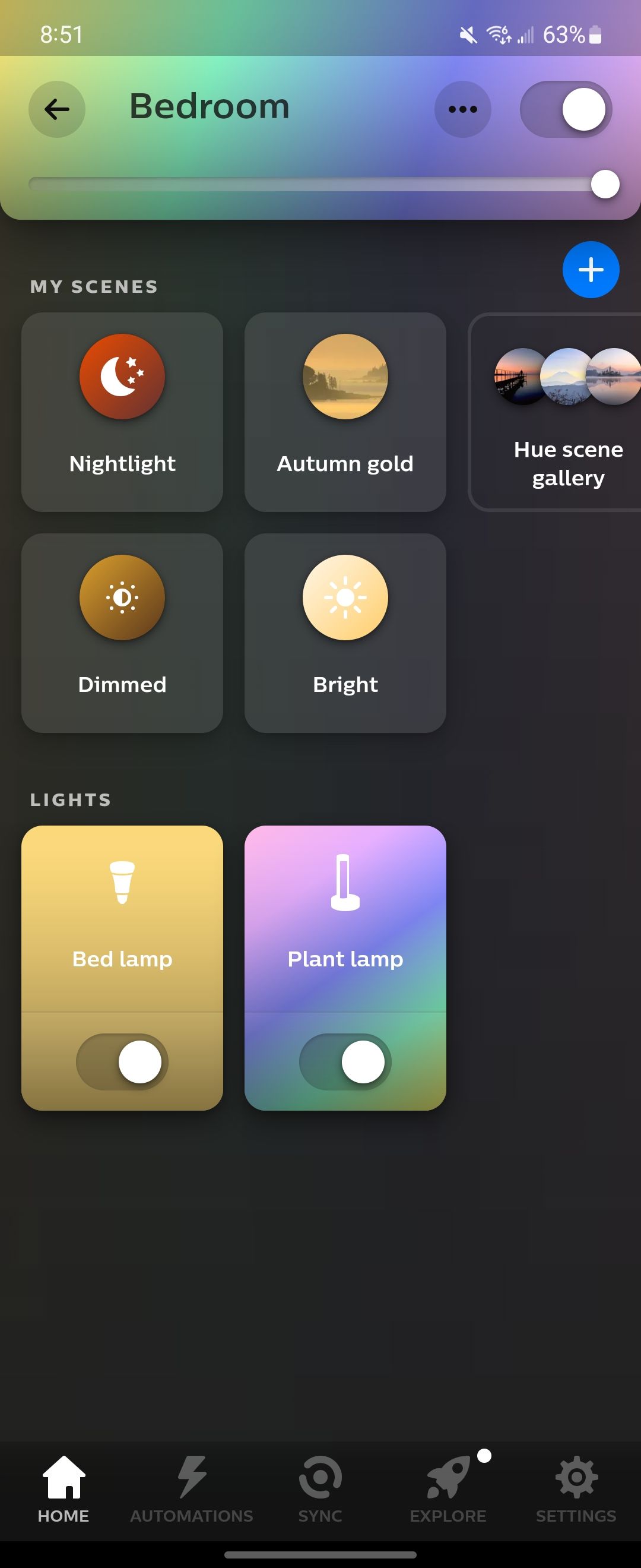
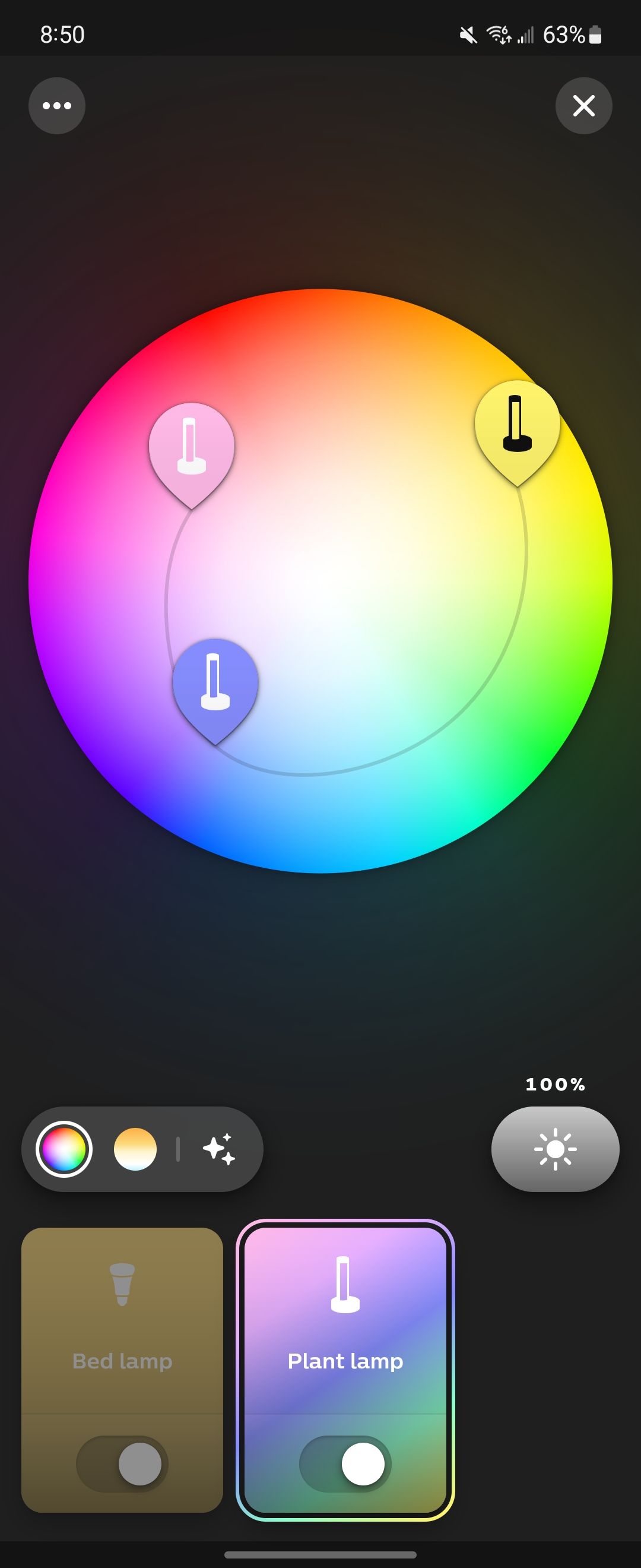
You can sync the Signe floor lamp with your PC or Mac to match the colors on your screen using Hue's desktop sync app, or sync with your Spotify account for a light show synchronized with your music. The Signe is even compatible with the Hue Play HDMI Sync Box for matching the content on your TV — though if you're looking mainly for that kind of functionality, something like the Hue Gradient Lightstrip will probably suit you better.
Hue plays nice with Google Assistant and Alexa, and once you link your Hue account to your voice assistant, you can turn the Signe floor lamp on and off, adjust its brightness, and even change its color by voice. Hue lights can also be added to routines in either ecosystem, but you won't get the fine control of Hue's in-house automations. Short of simply turning the Signe on or off, I've found it's easiest to schedule what I want the lamp to do directly from the Hue app.
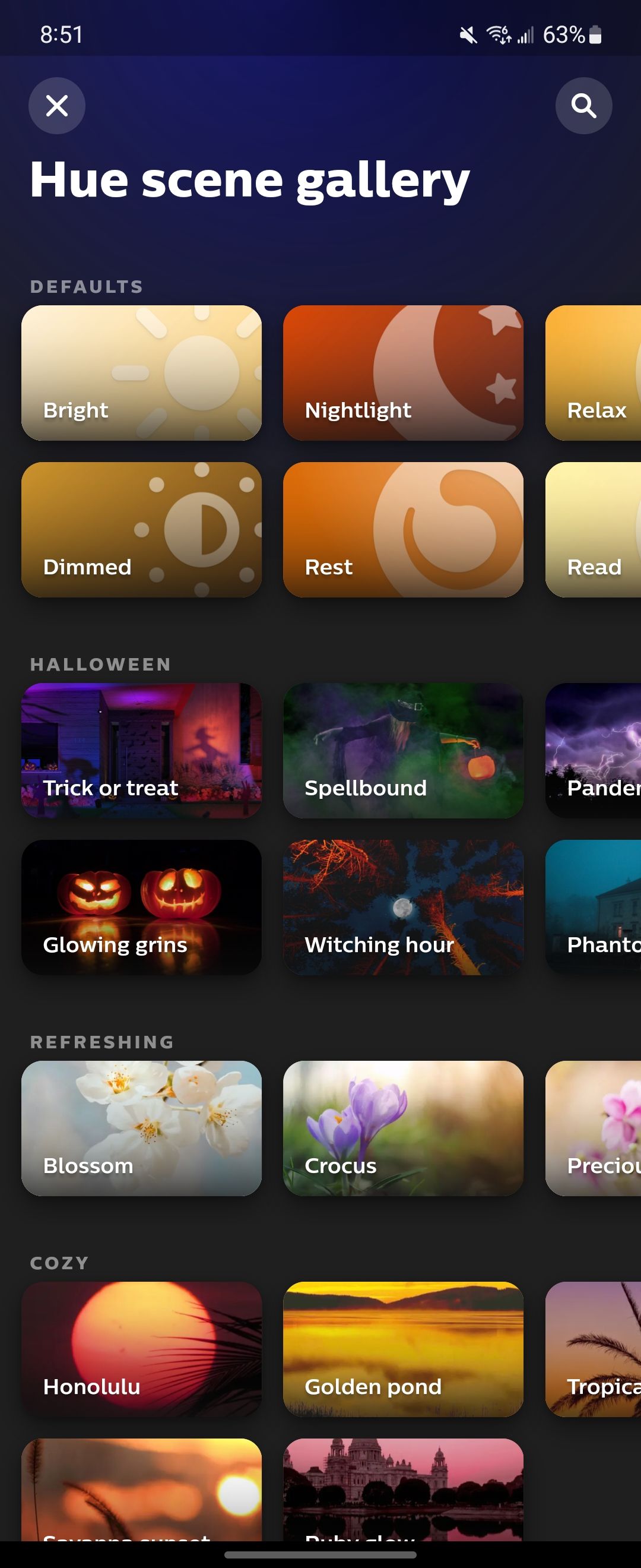
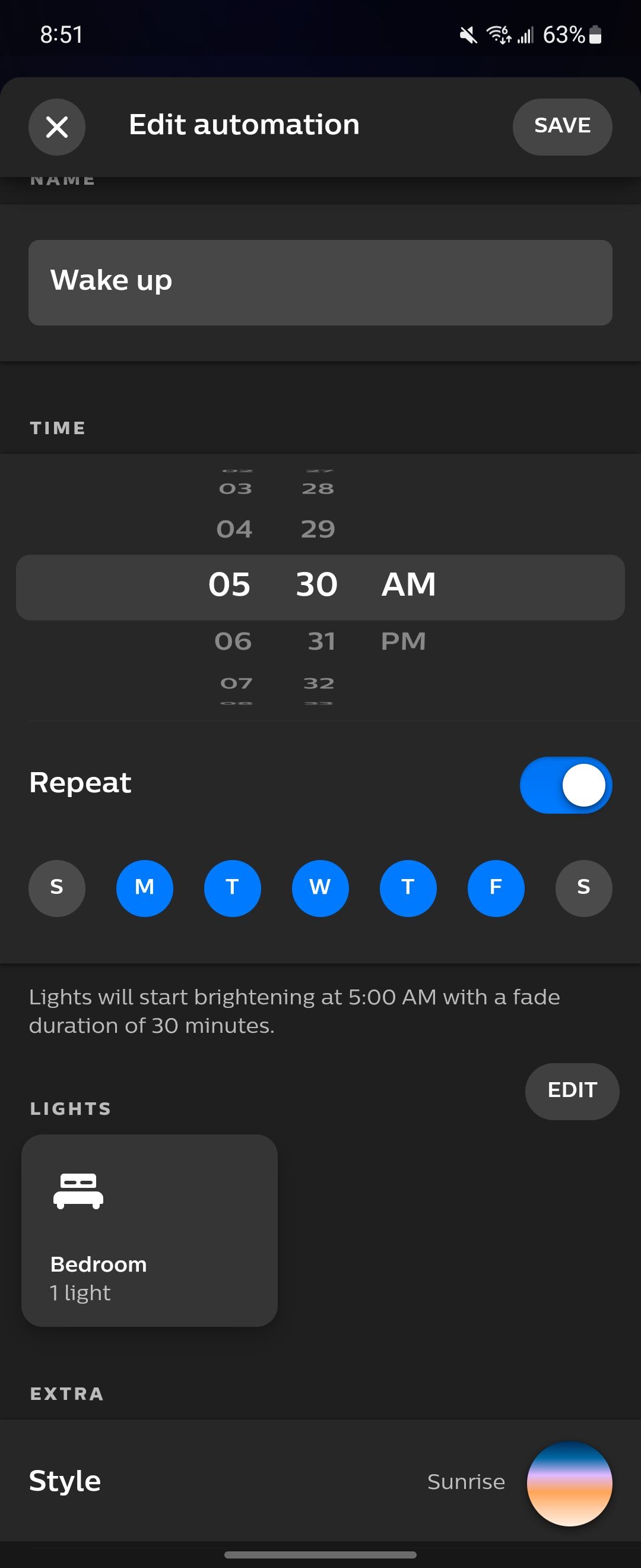
It's not an indictment of Hue in particular, but I do wish controlling smart lights with the Google Home app was a little less annoying. You can use Google's app to adjust the Signe's brightness and overall color, but there aren't any options to trigger Hue's lighting scenes on demand. And adding smart lights to Assistant routines is a tedious process that involves too many steps (and a lot of checkboxes). Maybe that'll improve in the upcoming Google Home update.
Philips Hue Gradient Signe Floor Lamp: Should you buy it?
There's no way around it: the Philips Hue Signe floor lamp is expensive. As cool as it is, when you get right down to it, you're paying $330 for a lamp. I've owned couches for less.
But it's one hell of a cool lamp, and its build quality makes it feel less like a techy novelty and more like a high-end piece of furniture. Aside from the price and my quibbles with its base (which you only apply if you intend to use it on carpeting), I can't think of much I'd change about it.
Compared to the similar Govee Lyra lamp I've been using for the past year, the Signe's got a better app, a smoother lighting gradient without visible discrete LEDs, and the advantage of being part of the ever-expanding Hue ecosystem. I really like this thing, and if it's in your price range, I think you will too.
Buy it if...
- You're already into Hue and want to add more ambient lighting to the mix.
- Spending a low car payment on a lamp is feasible for you.
Don't buy it if...
- You're new to smart lighting. Start with bulbs and see where that takes you.
- Your walls are all dark colors. The Signe works best against lighter walls.

